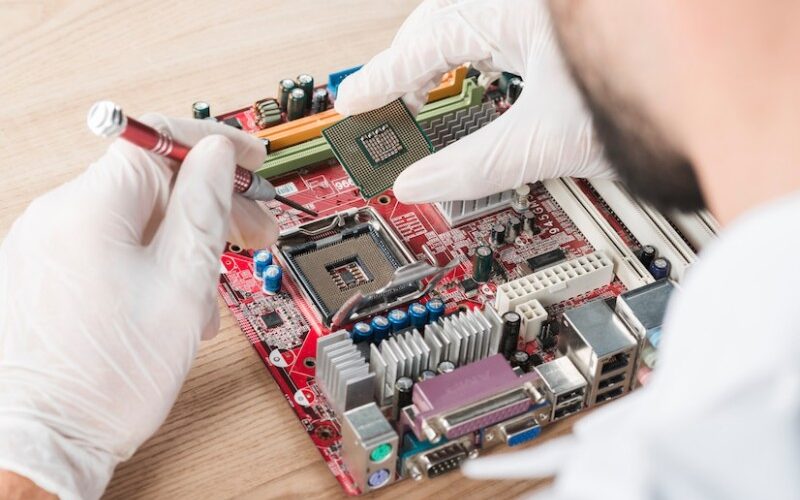Bitmain is a leading manufacturer of cryptocurrency mining hardware, known for their popular Antminer series. However, like any electronic device, these miners may experience issues or require repairs over time. This is where the ultimate Bitmain repair guide comes in handy for those who want to fix their miners like a pro. In this article, we will explore the common issues faced by Bitmain miners and provide a step-by-step guide on how to repair them.
Common Issues with Bitmain Miners
Bitmain miners are complex electronic devices that require careful handling and maintenance. Despite their high-quality build, they may encounter some common issues that can affect their performance. Here are some of the most common issues faced by Bitmain miners:
- Hashing Issues: Hashing is the process of solving complex mathematical problems to verify and record transactions on the blockchain. If your Bitmain miner is not hashing at its expected rate, it may indicate an issue with the hashboard or the miner’s cooling system.
- Fan Issues: The fans in Bitmain miners are crucial for keeping the miner’s temperature in check. If the fans are not functioning properly, it can result in overheating and reduced performance.
- Power Supply Issues: The power supply unit (PSU) is responsible for providing stable power to the miner. If the PSU is faulty, it can result in unstable power delivery and affect the miner’s performance.
- Connectivity Issues: Bitmain miners require a stable internet connection for optimal performance. Connectivity issues such as poor signal strength or network instability can affect the miner’s performance.
- Firmware Issues: Bitmain regularly releases firmware updates for their miners to improve performance and fix bugs. However, improper firmware updates or corrupted firmware files can cause issues with the miner’s performance.
The Ultimate Bitmain Repair Guide
If you encounter any of the above issues with your Bitmain Repair, here is a step-by-step guide on how to fix them like a pro:
- Troubleshooting: Before diving into the repair process, it is essential to troubleshoot the issue. Check the miner’s dashboard for any error messages or warnings. Make sure the miner is connected to a stable internet connection and the power supply is stable. Clean the fans and hashboards from any dust or debris.
- Identify the Issue: Once you have identified the issue, you can proceed with the repair process. If the hashing rate is low, it may indicate an issue with the hashboard or the cooling system. If the fans are not functioning properly, they may need to be replaced. If there are connectivity issues, check the network settings and connections. If the PSU is faulty, it may need to be replaced.
- Gather Tools and Materials: To repair your Bitmain miner, you will need some basic tools and materials. These may include a screwdriver, thermal paste, replacement fans or hashboards, replacement PSU, Ethernet cable, and a stable internet connection.
- Disassemble the Miner: Before making any repairs, it is essential to power off the miner and unplug it from the power source. Carefully disassemble the miner by removing the screws and taking out the hashboards, fans, and other components.
Repair the Issue: Depending on the issue, follow the appropriate steps to repair the miner. If the hashing rate is low, check the hashboards for any visible damage or burnt chips. If necessary, replace the hashboards and apply new thermal paste before reassembling the miner. If the fans are not functioning properly, replace them with new ones. If there are connectivity issues, check the network settings and connections, and ensure the miner is connected to a stable internet connection. If the PSU is faulty, replace it with a new one.

